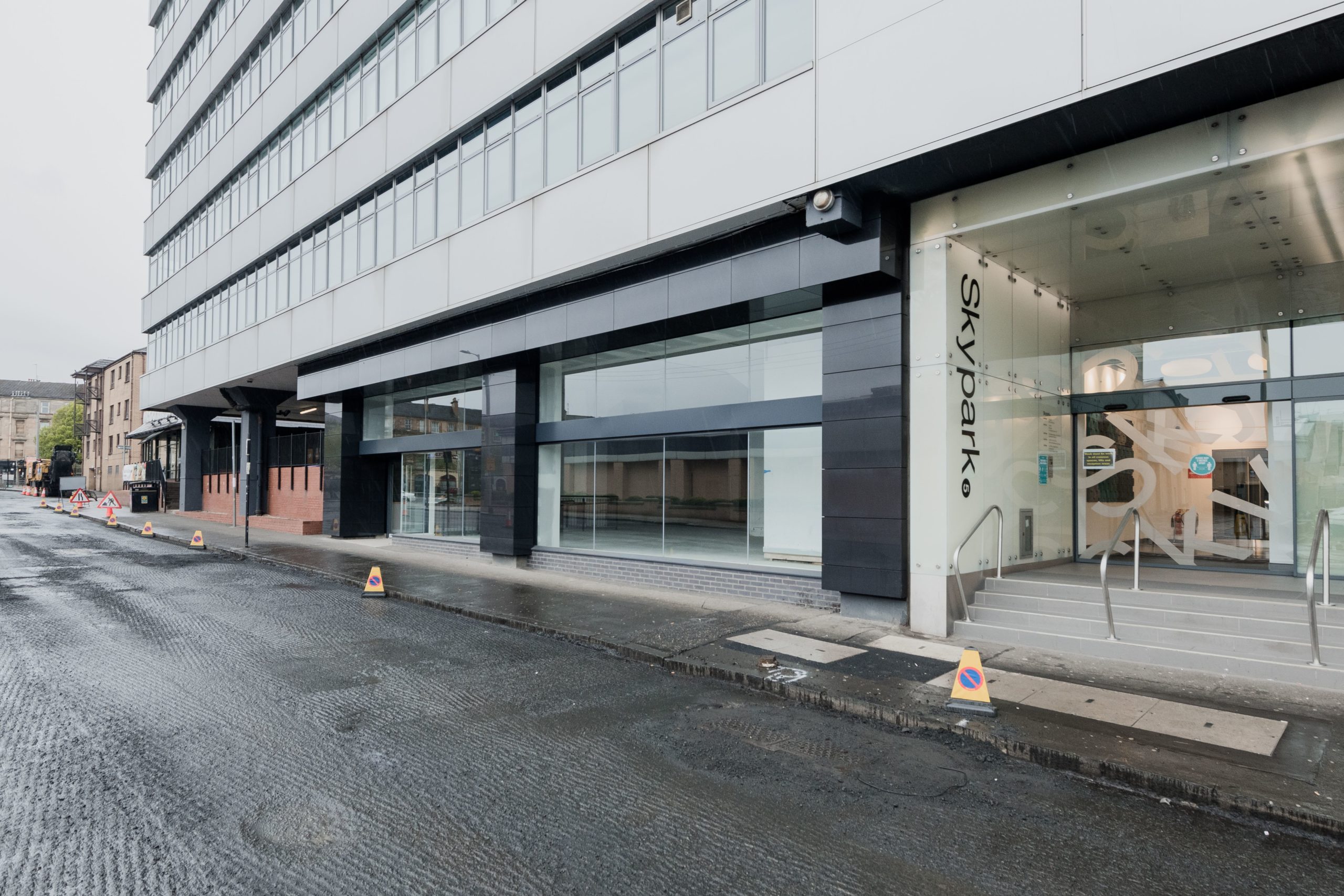Within the current fast-changing retail environment, many store owners find themselves confronting the daunting reality of failing retail spaces. As consumer tastes shift and rivalry intensifies, the need for a new and inviting store atmosphere has become increasingly important. This is where retail refurbishment becomes relevant, serving as an important strategy to breathe new life into stagnating businesses. Through reimagining the layout, design, and complete feeling of a retail space, managers can both revitalize their brand but also boost sales and customer engagement.
What is retail refurbishment, and why should every store consider it? The answer lies in the benefits that a considerate refurbishment can provide. Starting with enhancing why not look here of a store to adopting eco-friendly practices that appeal with environmentally conscious shoppers, refurbishment is about more than just aesthetics. It is an opportunity to create a lively and immersive brand experience that is in line with current industry trends and consumer beliefs. As we delve deeper into the world of retail refurbishment, we will examine the key elements that can transform a failed retail space into a successful hub of activity and success.

The Importance of Retail Refurbishment
Retail refurbishment is critical in the current dynamic market, as it significantly impacts a brand's ability to adapt and thrive. A well-executed refurbishment can revitalize a location, transforming it into a vibrant and appealing space that attracts customers. With the rapid changes in consumer preferences and shopping habits, stagnation can lead to lowered foot traffic and sales. Therefore, investing in refurbishment is crucial for remaining competitive in the industry.
Furthermore, refurbishment is not solely about aesthetics; it also encompasses the overall customer experience. An improved store layout can enhance the shoppers' journey, leading to increased engagement and satisfaction. By aligning with contemporary design trends and integrating smart technology, retailers can create engaging experiences that appeal with their target audience. This links the physical retail environment with a brand's identity and values, fostering loyalty and motivating repeat visits.
In conclusion, retail refurbishment serves as an chance to incorporate sustainability and eco-friendly practices. Consumers are increasingly drawn to brands that demonstrate a commitment to environmental responsibility. By incorporating sustainable materials and energy-efficient solutions into the refurbishment process, retailers can reduce their environmental impact while also appealing to the expanding demographic of eco-aware shoppers. Ultimately, refurbishment is an commitment in the long-term success of a retail business, ensuring its longevity and success.
Planning Your Store Renovation
The initial step in organizing your retail refurbishment is to define clear goals and objectives. Reflect on what you want to achieve with the refurbishment, whether it’s increasing sales, improving customer experience, or creating a more streamlined layout. Engaging with your team for their insights can provide essential perspectives on what changes may be beneficial. Gathering feedback from customers, through questionnaires or casual conversations, can also inform your decisions and ensure that the refurbishment corresponds with their needs.
Once your goals are defined, it’s important to formulate a detailed plan that includes a timeline and budget. Map out the phases of the refurbishment project, from conceptual conception to completion. Keep in mind that a well-thought-out timeline can reduce disruptions to your operations. Your budget should account for materials, labor, and any unforeseen costs. Finding areas where you may save money, like selecting sustainable materials or reusing existing fixtures, can help maximize your investment.
Ultimately, successful management of the refurbishment project is crucial. Appoint a project manager or a team responsible for managing the process, ensuring that work stays on track and within budget. Regular communication with contractors and team members will keep everyone in sync and motivated. Be prepared for unexpected challenges and maintain versatility in your approach. This proactive management will not only help in achieving your refurbishment goals but also in creating a space that resonates with your brand and customers.
Enhancing Client Engagement By Aesthetics
Retail redesign presents a singular chance to boost client engagement by harnessing intentional aesthetics. When a retail space experiences refurbishment, every aspect of its ambiance can be reconsidered, ranging from floor plan to illumination and color schemes. By focusing on an intuitive configuration, businesses can encourage easier customer traffic and involvement inside the space, making the shopping experience more satisfying and effective. This better flow can lead to longer stays and higher sales, as clients feel more relaxed moving through the environment.
Lighting holds a key part in layout, substantially influencing the ambiance of a retail space. Effective use of illumination can highlight items, create an welcoming atmosphere, and generate specific emotions that connect with the brand's values. For case in point, gentler, cozy lighting can make a store feel more inviting, while more intense lighting might invigorate and prompt customers to explore. Carefully designed illumination not only boosts light but also improves the overall purchase experience, ensuring customers feel both comfortable and inspired.
A strategic method to color palettes and interior design can further integrate retail settings with brand image, enhancing customer relationship. Color schemes evoke feelings and can shape purchasing behavior, so determining the appropriate colors is important. Additionally, including special design characteristics and visuals that reflect the retailer's essence invites new customers and builds an immersive atmosphere. By highlighting these design aspects during redesign, businesses can cultivate a lasting customer atmosphere that leaves enduring impressions and encourages return trips.
